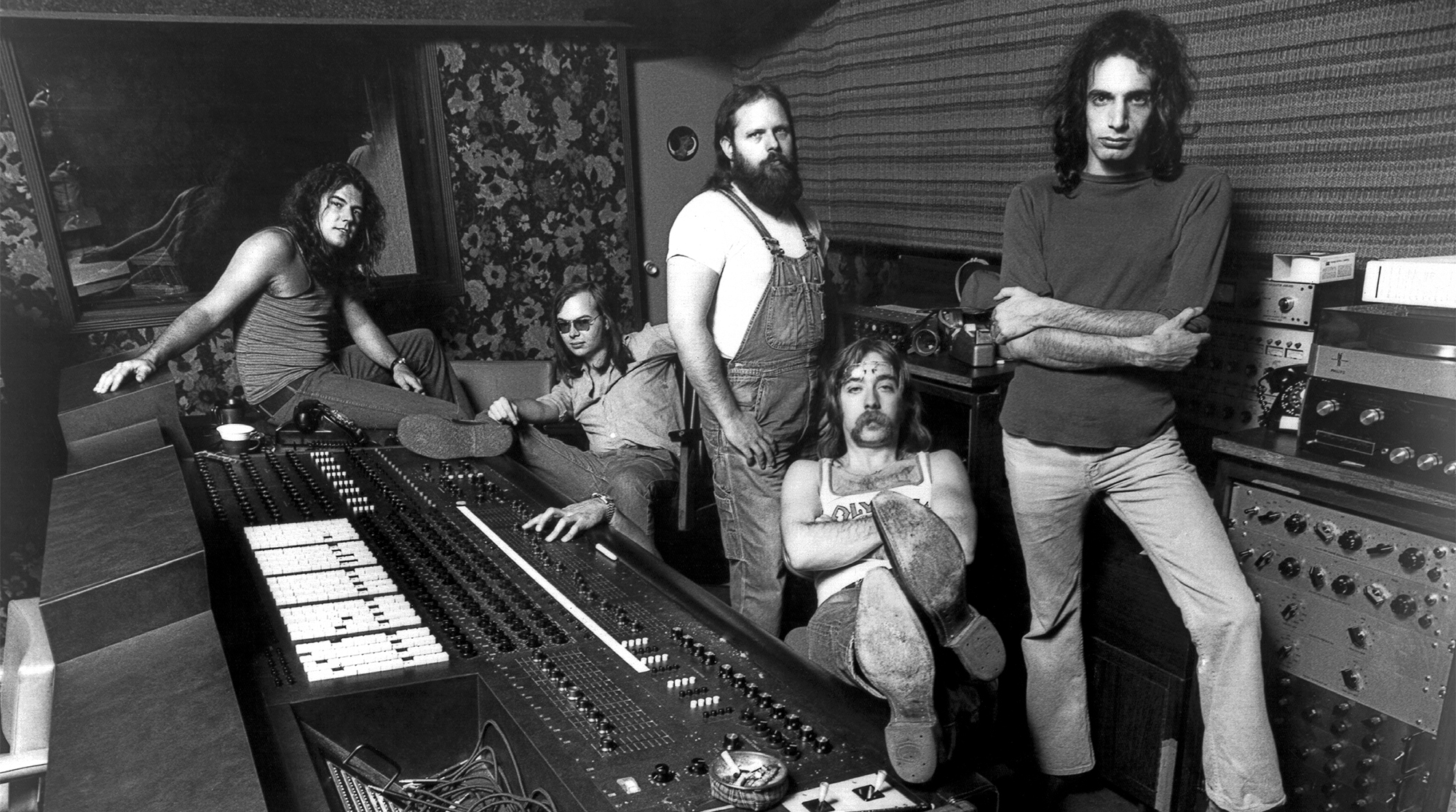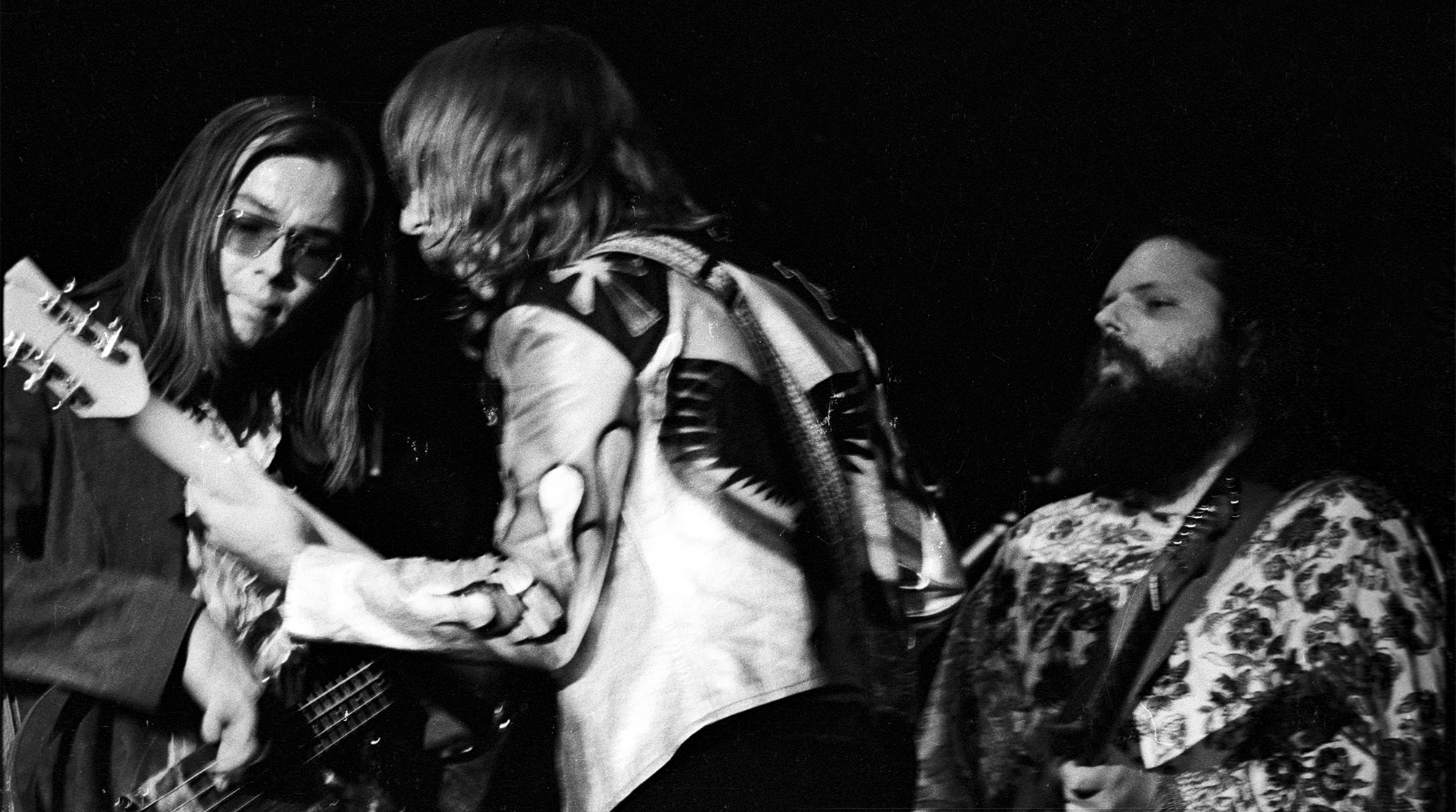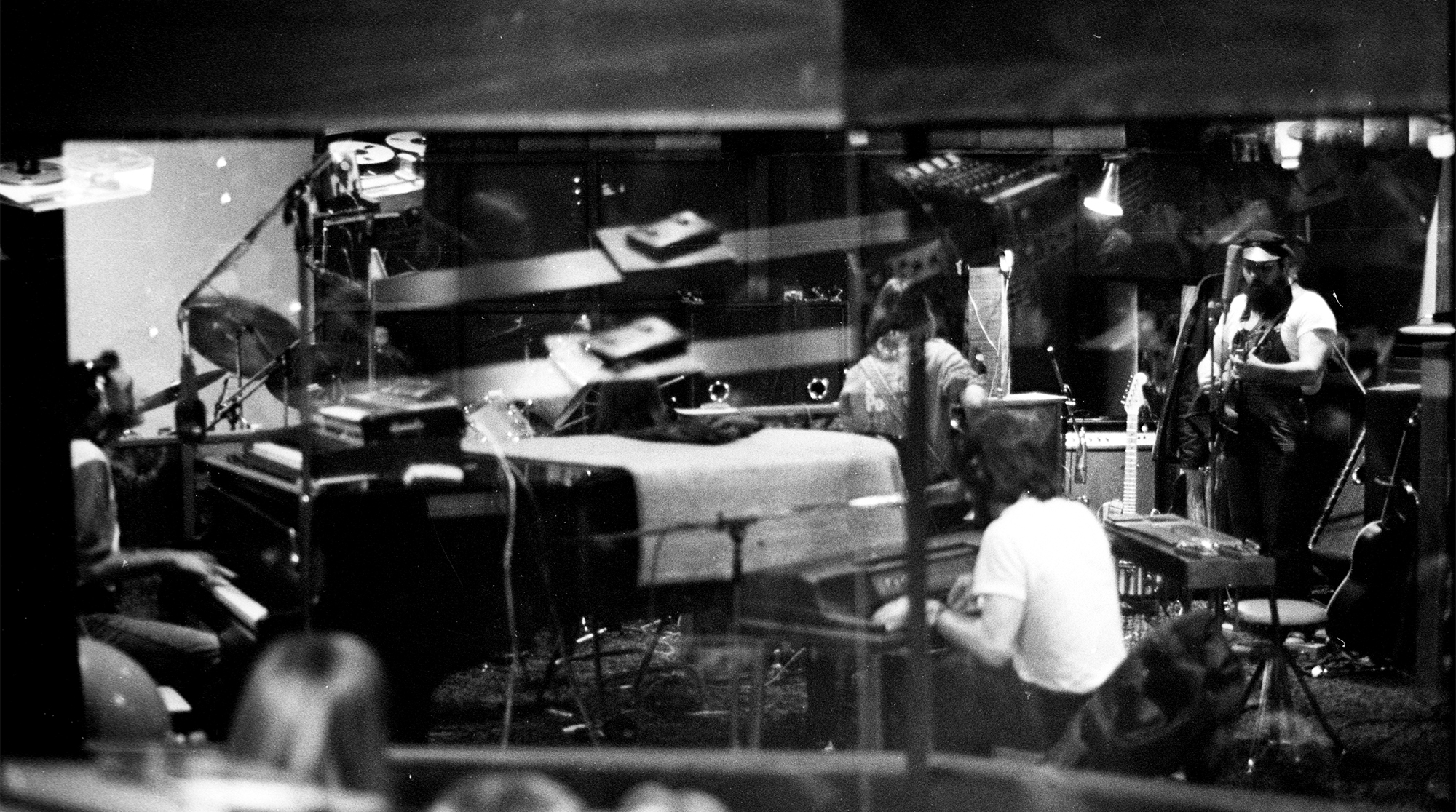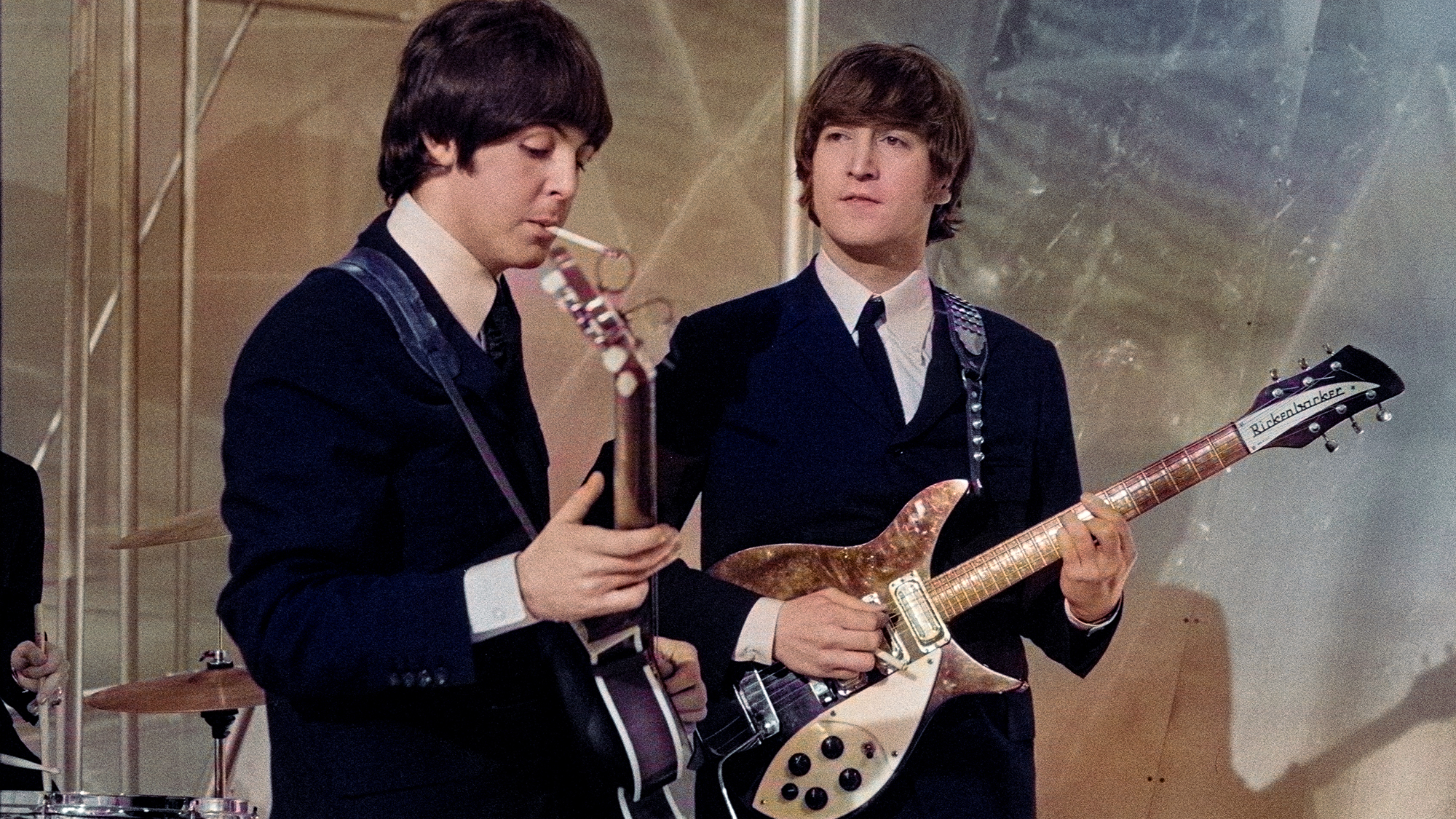“I asked, 'How do you write a song that sounds like it belongs on the radio?'" Guitarist Denny Dias reveals the secret behind Donald Fagen and Walter Becker's success with Steely Dan
The pair had formed the group to produce the songs too complex for the ABC artists they wrote for and turned to session players at their earliest convenience

In their initial run, Steely Dan were a short-lived but tirelessly creative outfit that produced seven albums in the eight years following their 1972 debut, Can't Buy a Thrill. The record wowed audiences with its deft balance of classy musicianship and radio-friendly hooks, but guitarist Denny Dias, who was an integral part of the album, says ringleaders Walter Becker and Donald Fagen intended to dissolve the group's first lineup at the earliest opportunity.
By 1974's Pretzel Logic, Dan's third full-length, the Becker-Fagen tandem had turned increasingly to musicians-for-hire to help them create their songs in the studio.
Dias says that's because the pair “never wanted to have a band” in the first place.
Steely Dan came to be after Fagen and Becker were hired as staff writers by ABC. As of their 1972 debut, the group was rounded out by guitarists Dias and Jeff "Skunk" Baxter, drummer Jim Hodder and vocalist David Palmer.
It was producer Gary Katz who suggested the duo start a band after their musical arrangements proved too complex for the ABC artists they were originally intended for.
But Dias — whose fluid playing can be heard in the electric sitar solo on the Thrill hit "Do It Again" — says a consistent lineup was never in their line of vision.
“They never wanted to have a band," he tells Rick Beato. "They wanted to be able to hire great musicians.
All the latest guitar news, interviews, lessons, reviews, deals and more, direct to your inbox!
“As Donald Fagen used to say, he wanted to make perfect records. I always knew this, but he needed to have a band to get a record deal.”
Katz would soon sign Steely Dan to ABC and go on to produce all of their albums through to 1980's Gaucho, the last before Dan took a semipermanent retirement. After Can’t Buy a Thrill proved a success, Becker and Fagen began to pivot.
The Baxter-Dias guitar partnership remained in place on '73 sophomore effort Countdown to Ecstasy, but Palmer — who was brought onboard simply because Fagen was uncomfortable singing onstage — was ousted once Fagen gained confidence in his vocal abilities.
From then on, Steely Dan's albums were packed with session players.
“Once they got into a position where they could afford to stretch out and do things more to their liking, they just dissolved the band,” Dias says. “I would have preferred a band myself, but I could see their point, because the music was getting more and more difficult to play. It was at the edge of our abilities.
“I thought the world was a better place with this music being produced the way they wanted it. So I said, 'Sure. Whatever you want.'”
Baxter was out of the picture come 1974. Dias seized touring responsibilities that same year, but continued contributing in the studio until 1977. It is perhaps because of Dias’s willingness to go with the flow of the changing tide that he stuck around much longer than Baxter.

Dias tells Beato he did extract a key bit of knowledge from Becker before his term with the group was up:
“I once said to Walter, 'How do you write a song with such intricate harmony that sounds like it belongs on the AM radio?' He says, 'Well, that's the beauty of it. You know, the kids won't know that it's sophisticated.'”
Baxter, meanwhile, would go on to join the Doobie Brothers, forging a fruitful partnership with Patrick Simmons, while simultaneously becoming one of the premier session guitarists of the decade. His resume includes records with Elton John, Cher and Joni Mitchell.
“I wanted to be the top gun of studio guitarists,” Baxter told Guitar Player. He certainly achieved that. He's also recently discussed the strange gear swap he made with Jimi Hendrix.
Naturally, Dias’s iconic "Do It Again" solo was another topic of conversation with Beato. He reveals he tracked it on a “piece of crap” rental guitar — a Danelectro Coral — that was meant to sound like a sitar but did little to convince him.

“I’ve only seen it that once and just for about two, three hours,” he admits. “It was basically a Danelectro guitar with a special bridge that made it buzz and sound like a sitar. We rented it because Donald thought he wanted to have a droning sitar like the Beatles.
“It just wouldn't drone,” he adds. “You need a real sitar and somebody that knows how to play one. When I picked the thing up and they started running the track, I just started improvising. And then somebody said, ‘Well, why don't we just do the solo with the sitar?’”
A freelance writer with a penchant for music that gets weird, Phil is a regular contributor to Prog, Guitar World, and Total Guitar magazines and is especially keen on shining a light on unknown artists. Outside of the journalism realm, you can find him writing angular riffs in progressive metal band, Prognosis, in which he slings an 8-string Strandberg Boden Original, churning that low string through a variety of tunings. He's also a published author and is currently penning his debut novel which chucks fantasy, mythology and humanity into a great big melting pot.



